
California is also home to lots of worldwide temples, but the nation also supplies evidence that you don’t require traditional buildings to home great artwork. Towns and cities across the Golden State are offering more chances to encounter public art–if it is murals that destroy the background of a destination, or even fanciful sculptures which improve the sweeping landscapes. The next time you are in such areas, listed north to southwest, do not overlook those photo-op-ready (and mostly free) outside artworks.
Celebrities and Paul Bunyan, Del Norte County
This North Coast county employs public artwork to observe its link to character: Crescent City is sprinkled with murals (such as a single commemorating a long-ago tsunami), although the bridge across the Klamath River includes a set of bears that were painted gold in the 1950s as a prank. In Klamath’s Trees of Mystery, stroll the Path of Tall Tales to watch chainsaw replicas of Paul Bunyan, Babe the Blue Ox along with other personalities, made from redwood timbers.
Phoenix Growing, Butte County
From the Shasta Cascade area, Butte County’s public art landscape seems both backward and forwards. At Chico, murals are sprinkled about downtown, whilst Oroville’s murals tip their hat into the region’s Gold Rush history. In neighboring Paradise, do not overlook the phoenix palaces away from the city’s new Construction Resiliency Center, created with keys in homes missing in the Camp Fire.
Alleyway Art Project, Fort Bragg
This Mendocino County job sought to bring beauty to “overlooked” areas around the town, so nowadays you’re able to learn more about the rear end of downtown Fort Bragg using its vibrant depictions of rhododendronsa sea creature, along with a vibrant mural inspired by an Indian folk story.
Gold Panner Statue, Auburn
Pay a visit to the historical district at the Placer County city of Auburn to observe that the 45-ton Claude Chana, Gold Panner monument that matches the prospector who discovered gold in 1848. Interesting fact: This was made by a neighborhood dentist that sculpted additional regional functions from the 1970s.
Broad Open Walls, Sacramento
These ever-expanding murals from the capital town began as a yearly festival, however, you may observe the remarkable works yearlong, from landscapes to abstract bits, giant bunnies, along with Johnny Cash. Create your personal tour with its site to form by locality or every calendar year’s collections.
Sculpture Course, Sonoma County
Even the Sonoma County cities of Cloverdale along with Geyserville are also home to over 30 large outdoor sculptures, also Called the Cloverdale Sculpture Path. The current variety (which affects every 2 years) contains lots of abstract functions, in addition to a giant candy apple along with a whimsical “pigasus.”
Napa Art Walk
This biennial exhibition of all juried sculptures rotates every couple of decades, also is exhibited across Downtown Napa. Just take the complimentary, self-guided music tour (on the Otocast program), vote your choice for the People’s Choice Award, also stop at nice diversions which chance to be found near sculptures, like the Oxbow Public Market.
Sidewalk Art, Benicia
Look down as you wander the sidewalks of downtown Benicia and you’re going to observe mosaic tiles from area artist Guillermo Granizo displaying the historical landmarks, individuals, and events that have formed the North Bay city. Start in J Street, follow First St.
Todos Santos Plaza Utility Boxes, Concord
If you pay a stop by to the Farmer’s Marketplace at the East Bay city of Concord, see the brightly colored adorned utility boxes that encircle Todos Santos Plaza. Then go down Salvio Street to observe that the mural depicting a July 4 party from 1894 comprising the city creators, the Galindo family.
Mission District, San Francisco
Even the Mission District is also currently still home to literally hundreds of murals and painted structures, often with topics of social justice or environmental difficulties. A simple first quit: The Women’s Building on 18th St., also its own MaestraPeace Mural, that has been painted by seven female musicians from 1994 to celebrate women’s gifts around the world.
Murals of all Santa Cruz
Pedal about that bicycle-friendly city to observe that the town’s public artwork, such as the 49 murals, sculptures, and much even more along Pacific Avenue. Can it be a game by performing this Santa Cruz Museum of Art & History’s complimentary scavenger search, or merely by seeking these people murals, for example, the museum’s vibrant outdoor plaza Abbott Square?
Mural District, Fresno
Dozens of murals and sculptures lineup downtown Fresno, saluting everybody from Cesar Chavez into the X-Men along with the town of Fresno itself (do not overlook the giant Postage Stamp mural). About Fulton Street, the other mural helpfully IDs the town’s Brewery District.
Artwork on Fire Hydrant Walk, Visalia
Learn More about the Central Valley city by Means of its own 18-block Artwork on Fire screen. Have a look at the 22 vibrant fire hydrants decorated with blossoms, gumball machines, and just a dalmatian. In the western end, stop and smell the blossoms in the Ralph S. Moore Rose Garden.
Creamery Marketplace, San Luis Obispo
Cows are an essential region of the Instagram-ready public artwork scene at San Luis Obispo. Not just do paint cows dot the streets as a result of some preceding Cow Parade, however, also a regional artists’ gallery is placed at the Creamery Marketplace construction, emblazoned with all the incredible bunny mural dubbed SLO Irresistible.
ALSO READ: How Does Art Affect Culture and Society?
Bruce Munro: Area of Lighting, Paso Robles
The rolling terrain of Paso Robles produces a fantastic base both for exceptional vineyards and this magnificent light show. Just take an evening walkabout that 150-acre lighting installation made by Bruce Munro, included 58,000 colored-light spheres and highlighted with music. Boost your viewing food and wine from local sellers. Runs through Jan. 3, 2021.
Downtown Murals, Ventura
The diversity of the Central Coast city reveals in its downtown murals. Begin at the mural displaying Ventura’s background away from the San Buenaventura Mission, check out the Tortilla Flats Mural, ” the China Alley Mural, also Amaterasu (a Shinto sun goddess), all of which celebrate a number of Ventura’s distinct communities. Amaterasu is only out Fluid State Beer Garden, also a fantastic instance of Ventura’s beer arena.
Murals of all Burbank
It is home to numerous manufacturing and cartoon studios, however, the L.A. County city of Burbank provides still another sort of entertainment by means of its growing group of murals and mosaics. Practice the map of people’s artwork to start looking for a picture of Frida Kahlo, a job by famous muralist Alex Gonzalez, also a crowd-pleaser mural depicting iconic characters such as Darth Vader, James Bond, and Mr. Spock.
Arts District, Downtown Los Angeles
You’re able to see murals around L.A.–such as Richard Wyatt Jr.’s mural of music legends in the Capitol Records building. However, the largest concentration might be at Downtown L.A.’s Arts District. Do not overlook the Container Yard segment together 4th St., for example, few touching the Americana-meets-California piece with a cowboy, a low-rider, along with palm trees.
Umbrella Alley, Redlands
This San Bernardino County city belonged to some European cities with comparable installments: Orange Street Alley includes 420 blue, yellow, green, and pink umbrellas dangling across the street entrances between Fifth Street and Orange Street. Enjoy both color and ambiance whilst surfing local companies like Sugarbee Cake & Bake Shop.
Etherea, Coachella
Though the Coachella Valley Music & Arts Festival works for just fourteen days at the town of Indio, 1 souvenir of this iconic April festival stays yearlong in downtown Coachella: the glowing wire-mesh palaces Etherea, made for its 2018 festival, that reverted into Baroque and Neoclassical architecture. Do not stop there: The remainder of Greater Palm Springs is filled with fascinating murals, sculptures, and fountains.
Art Walk and Murals, Costa Mesa
To determine why this Orange County city takes pride in becoming a “Town of the Arts,” shoot the Artwork Walk of sculptures that encircle the Segerstrom Center for the Arts (like Joan Miro’s bronze-bird Oiseau). Keep strolling town that’s home to dozens of murals and painted usefulness boxes, such as a range of bits at shopping center LAB Anti-Mall.
Oceanside’s Street Mural Walk
Seeing heaps of murals is a fantastic way to research this north San Diego County city that has been recently called a California Arts Council Cultural District. Many are by sailors (for instance, expert skater Kris Markovich), and several are on either side of excellent places to shop, eat, or drink, like Revolution Roasters along with Pros Kitchen and Cocktail.
The Stuart Collection, La Jolla
Have a self-guided tour in this campus at this University of California San Diego that concentrates on its distinctive assortment of 20 functions. Some bits even mix in the university structure –such as Fallen Star, a small blue home that perches precariously to a campus roof, or even Vices and Virtuetherefore, that flashes messages out of laboratory construction.
Balboa Park’s Sculpture Garden, San Diego
The May S. Marcy Sculpture Garden, out of the San Diego Museum of Art, well mixes art with character. Not only does this contain 19th- and also – 20th-century sculptures, but in addition, it provides good views of Balboa Park’s California Tower, constructed to 1915–16 Panama-California Exposition. The tower has been a function of art itself a medley of both Baroque, Plateresque, Churrigueresque, Rococo, and Gothic styles.
Chicano Park, San Diego
Even the Barrio Logan area has long been a hub for San Diego’s Mexican-American neighborhood, but its own artistic neural center sits under the San Diego-Coronado Bridge overpass, which is called a National Historic Landmark in 2017. The bridge columns supplied the canvas to get 80 murals–that the most significant concentration of Chicano murals on earth.
Ricardo Breceda’s Sky Art Sculptures, Borrego Springs
A road trip to the town of Borrego Springs along with Anza-Borrego Desert State Park takes in an amazing ambiance, thanks in part to these 130 sculptures by famous artist Ricardo Breceda that populate the region –horses, dinosaurs, a dragon, and much more. Chart your route utilizing the map that is color-coded by ancient creatures, history, or dreams.
 Social media has become a powerful tool in shaping consumer preferences and trends in various industries. The flooring industry is no exception. Platforms like Instagram, Pinterest, and Facebook have transformed the way people discover and choose flooring materials and designs. This article looks at how social media affects flooring trends and people’s choices.
Social media has become a powerful tool in shaping consumer preferences and trends in various industries. The flooring industry is no exception. Platforms like Instagram, Pinterest, and Facebook have transformed the way people discover and choose flooring materials and designs. This article looks at how social media affects flooring trends and people’s choices.





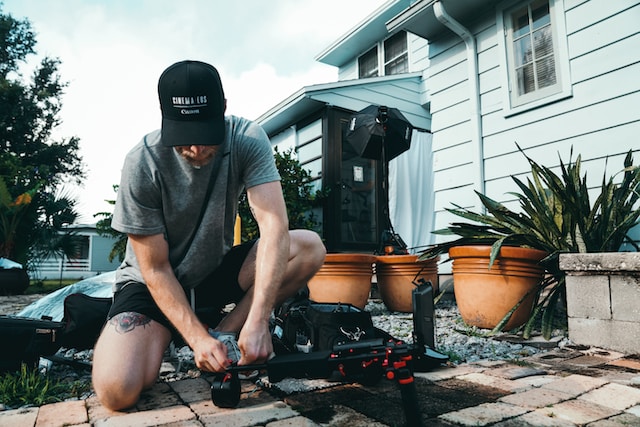

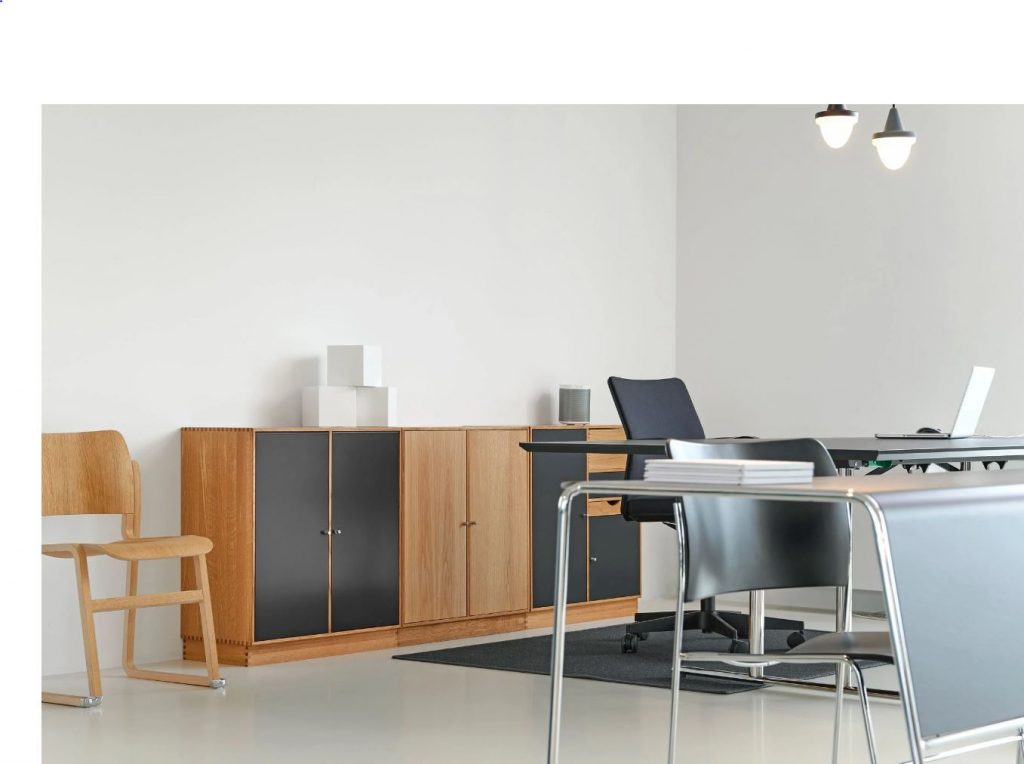




 What exactly does the word modern art actually mean? I’m imagining to the majority of people it means art that’s popular at this time, correct? However, as historians and many others understand modern artwork is a design that originated more than a hundred and fifty-five decades back. Doesn’t seem so contemporary today, does it? But let us get a profound understanding and learn more about the joys of the contemporary art movement.
What exactly does the word modern art actually mean? I’m imagining to the majority of people it means art that’s popular at this time, correct? However, as historians and many others understand modern artwork is a design that originated more than a hundred and fifty-five decades back. Doesn’t seem so contemporary today, does it? But let us get a profound understanding and learn more about the joys of the contemporary art movement.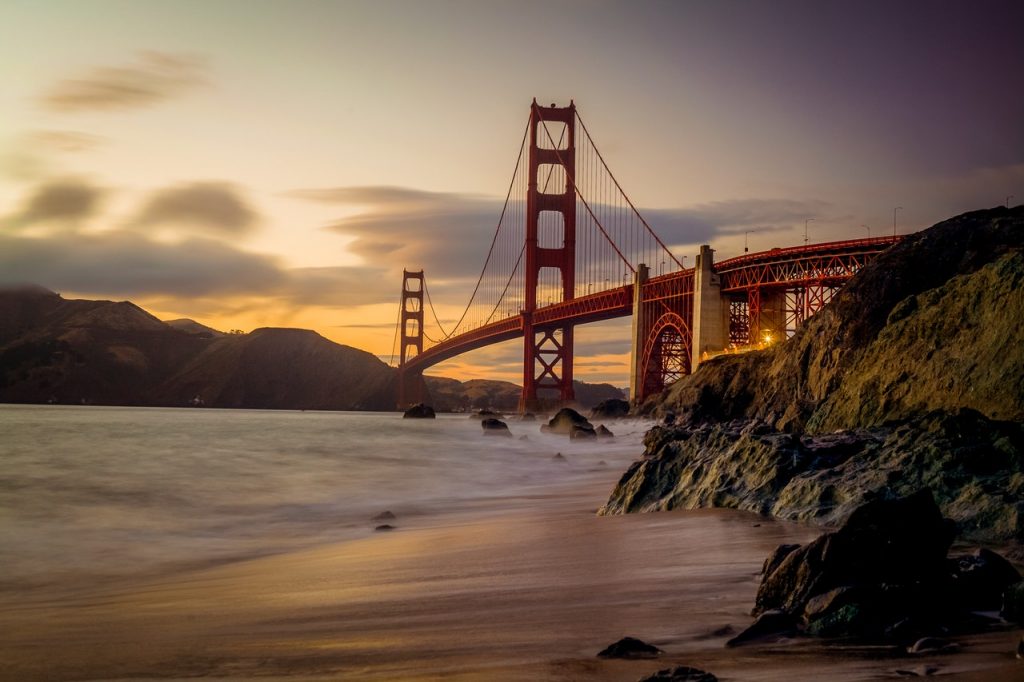
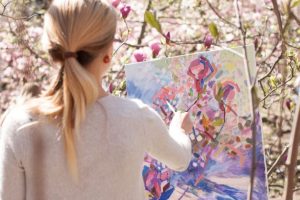 Being an artist does not really require a lot of things. The most important is your creativity. Why? Because if you are creative enough, you can make use of anything available to make an art.
Being an artist does not really require a lot of things. The most important is your creativity. Why? Because if you are creative enough, you can make use of anything available to make an art.
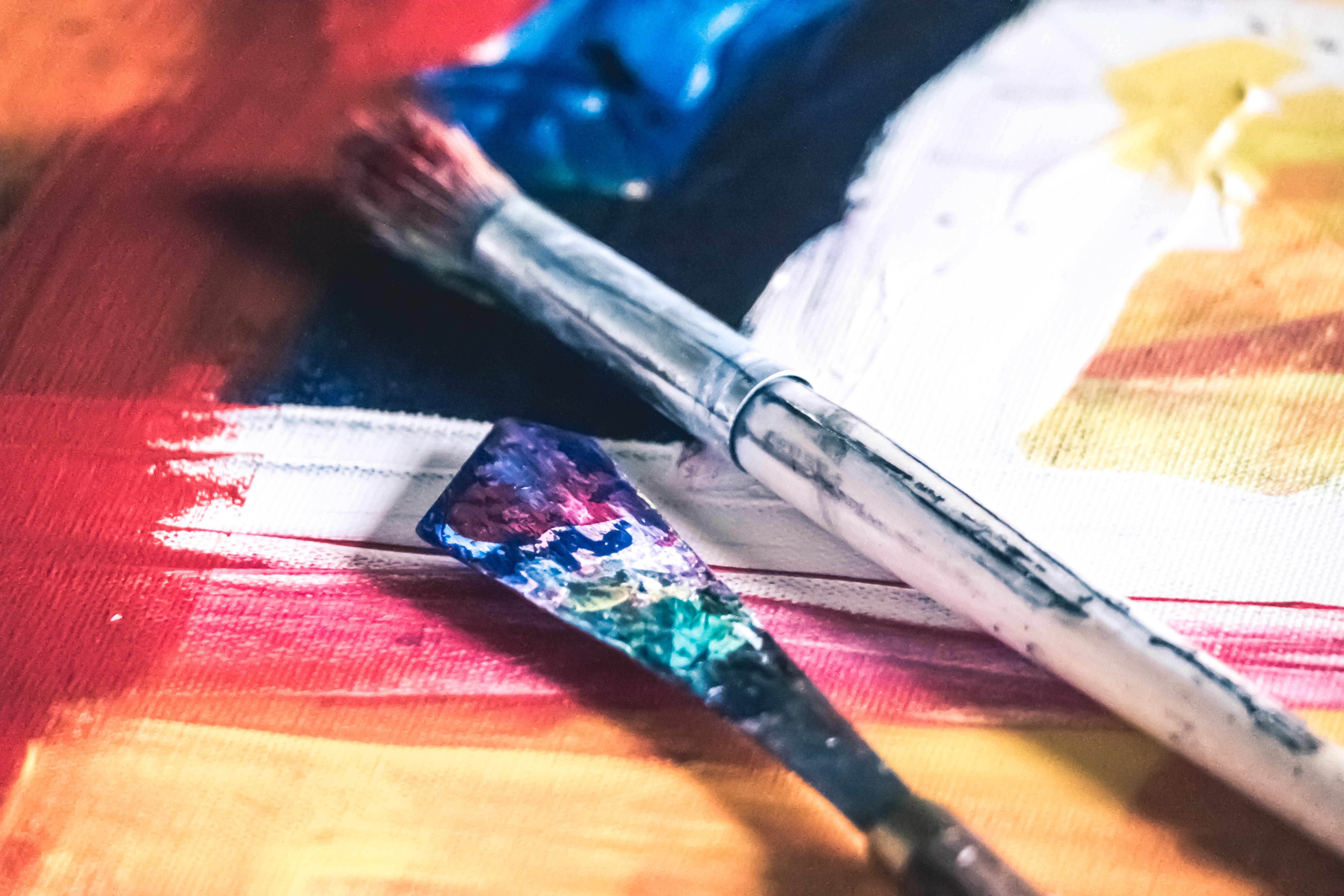
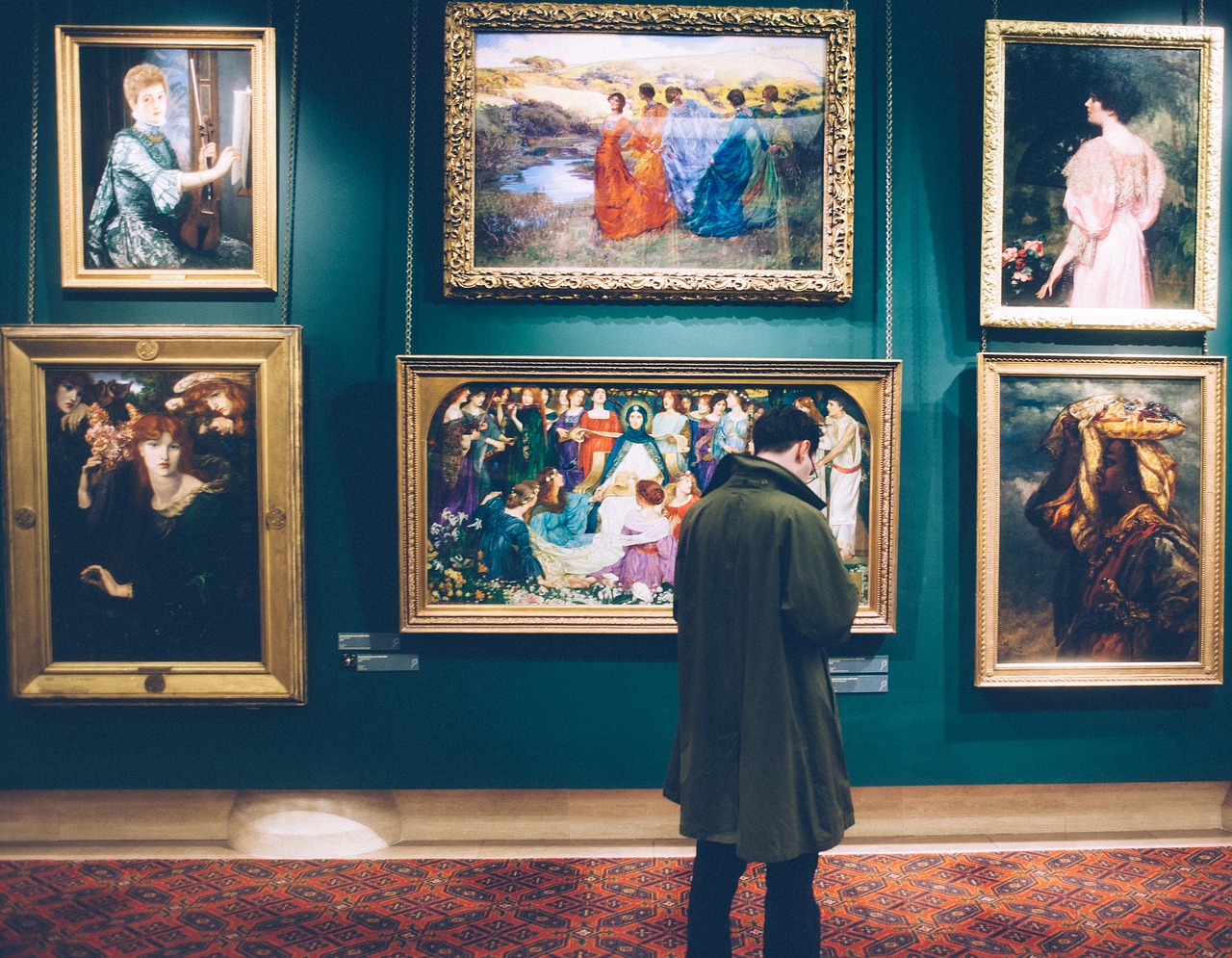

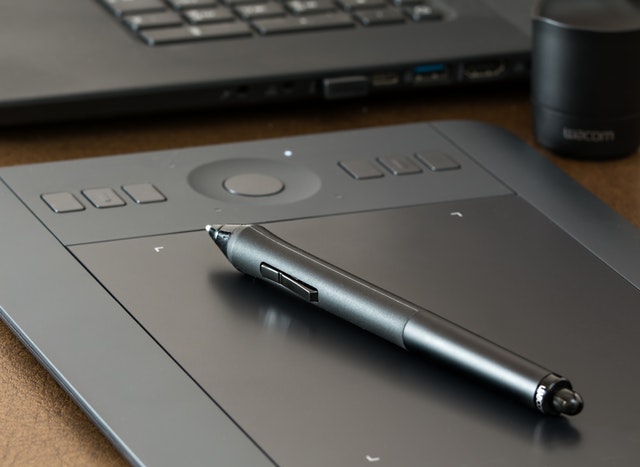 Digital art is a general term for any artwork which uses digital technologies as an important part of the procedure. Since the 1970s, many names are used to refer to an art, such as multimedia artwork and computer artwork, and the artwork itself is put under the umbrella period of the media artwork.
Digital art is a general term for any artwork which uses digital technologies as an important part of the procedure. Since the 1970s, many names are used to refer to an art, such as multimedia artwork and computer artwork, and the artwork itself is put under the umbrella period of the media artwork.
 Digital is understood to anything that might be represented by numbers and to data. Therefore, strictly speaking, it is interchangeable with “numerical”.
Digital is understood to anything that might be represented by numbers and to data. Therefore, strictly speaking, it is interchangeable with “numerical”.